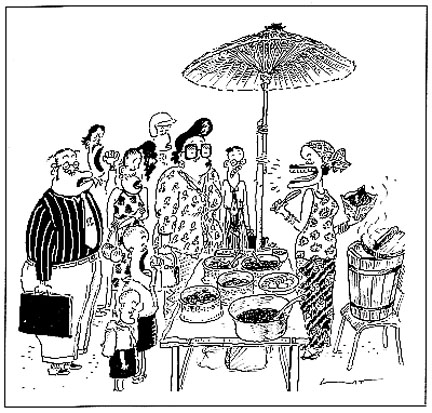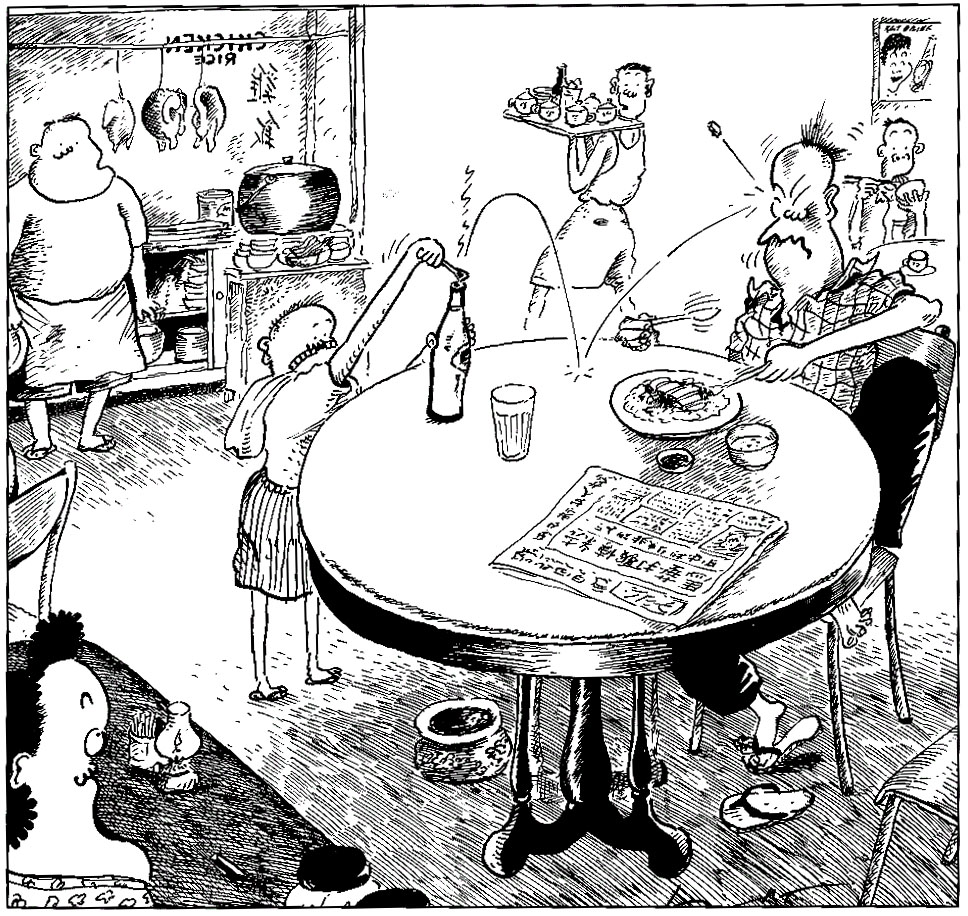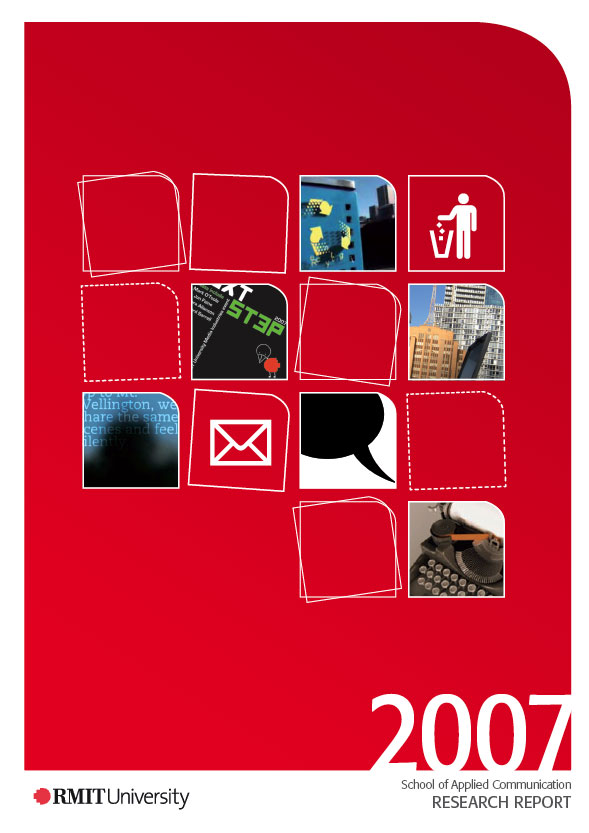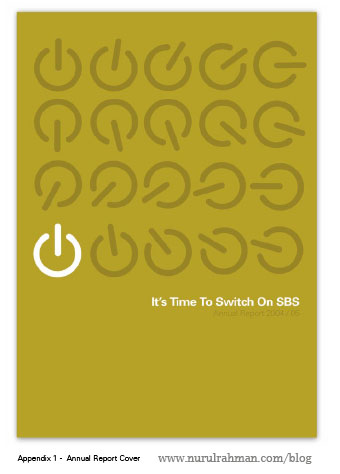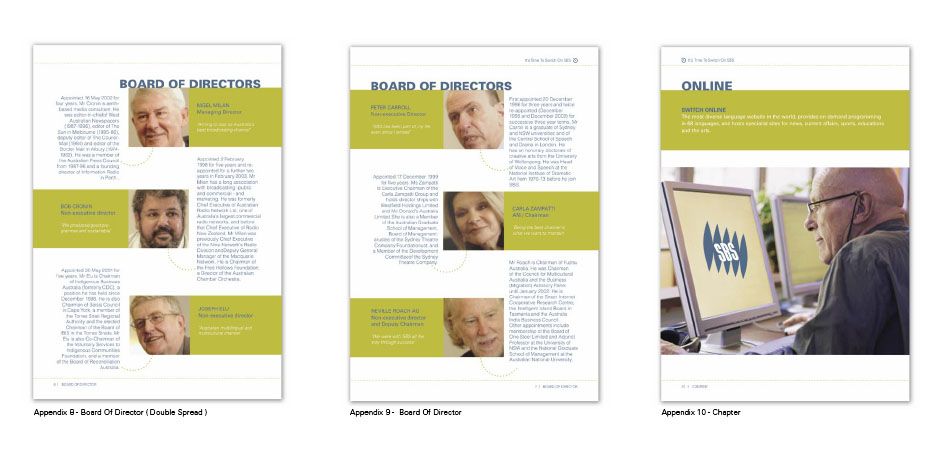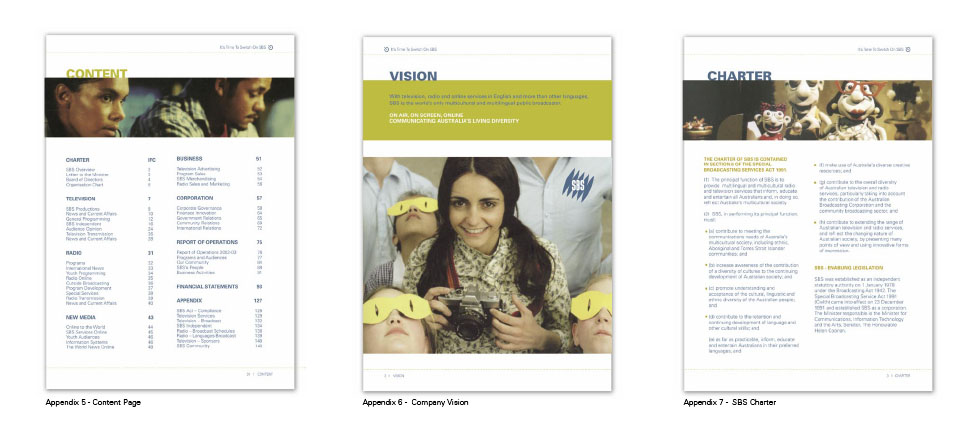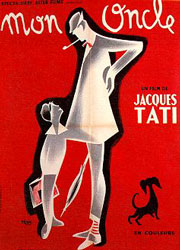I always love visual. I guess just by looking at an image, our imagination just fly free. Many stories we can tell just from an image. So I try to relates or shows my research through other media such as movie snap shot, cartoons and images. It might help, I guess. I honestly don’t know where is this going. Let’s move to Lat’s story.
I think Lat’s cartoons provides an invaluable guide to Malaysian culture, expressed in a way mere words never could. I still remember that I always looking forward to read Lat’s Cartoon Strip in Malaysian Newspaper called Mingguan Malaysia when I was 14 years old. It’s been recommended to me by my ‘Pak Long’ my uncle. Since then I become Lat’s Fan. It’s only publish once a week, but I always waited for it.
His cartoons depicts everyday scenes of Malaysia. From the bus driver to the Prime Minister. Everybody is included. He also include every race from Malaysia’s multicultural society: the Chinese, the Indians, the Malays to the “Orang Putih” the Europeans. His cartoons are funny and witty, Lat enjoys poking fun at everyday situation and reading them brings back my own memories of growing up in Malaysia. Most of them still makes me laugh out loud! Lat’s cartoon can also be serious with a political or environmental message.
Lat’s early life taken from Lat Cartoon Website
http://www.geocities.com/woo_ben/lat/lat.htm
Lat was born Mohammad Nor bin Khalid in March 1951, in a kampung (village) house in Kota Bahru, Perak, Malaysia. He grew into a chubby little fellow and got a nickname as Bulat, or Lat.
Words from Lat about his life in the kampung (extract from “Lat 30 Years Later”):
“To say my family was a crazy would be an understatement. Growing up in the kampung, I remember being surrounded by family members who seem to have nothing else to do except joke and be merry.
My father was like most fathers in that he would scold us and get angry but he was never all that serious. He was a joker and we learned, from very young, never to take what he said for granted. Even when he sounded serious, he was probably making fun on things.
My mum was the more serious one but even then she had her moments – once she actually went to a photo studio to pose in a saree (Indian dress) with her sister.
Ours was a closely-knit community and the kampung folks were similarly jovial. The way they spoke and ask questions hinted of mischief. I think it was because we were so close that we could have such a relationship. After all, you don’t speak to strangers this way.
Without the distractions of modern living, we had to find out own diversions. One of the first thing we did was to mimic others. I still remember the Chinese grocer name See Han who would speak in a very slow melodious voice. We had a lot of fun mimicking that.
I also remember the ‘Mak ciks’ and ‘Pak ciks’ who would, just by their appearance, make you roll over with laughter. In the 1950s, for instance, when it was fashionable to have rambut karan (saloon perm), watching the kampung women on parade with their hair done up was really hilarious.”
Some of Lat’s cartoon that relates to Malaysian cultures.

